Discover in this post the peculiarities of each breed, how they differ and how they are similar, and why the Duroc breed is the only one whose crossing with the Iberian is allowed by the Iberian Quality Standard up to 50% per route. paternal
Duroc Pig
The Duroc breed pig was introduced to Spain in the 1960s from the United States. It is the result of crossing Old Duroc and Red Jersey, which in turn come from other European and African breeds, some with Iberian influence. In fact genetically They have more similarities with Iberian pigs than with conventional pigs of white race.
They are pigs average size, color reddish and abundant long hair, with floppy ears forward. The trunk is of medium size, arched and has long, moderately thin extremities, with strong black hooves.
It's an animal very rustic and with a great capacity to adapt to the environment. His endurance to diseases and their fortaleza and optimal growth make it the ideal animal to be raised in extensive livestock farming.
What is duroc meat like?
Duroc pork is highly appreciated by the high infiltrated fat content and his juiciness, con more grain and a more intense flavor. It has a high level of proteins and vitamins, much higher than conventional meat. Its meat has a great similarity with that of the Iberian pig as to nutritional and organoleptic values, although it is less fat which makes it very interesting for the consumer.
These qualities are also enhanced by the way the animals are raised. In our case you already know that our pigs They live freely on the farm of 'El Encinar de Ocón' where from October to January They feed on acorns, roots and grasses. And this natural diet is complemented with organic cereal feed that we grow and make ourselves. Therefore our hams, although certified organic, would be equivalent to the red label of Iberian hams.
The quality of Duroc pork places it very high on the podium of pig breeds. In fact, it is used in products with such recognized designations of origin as hams. Teruel, Huelva or Guijuelo and the only one in which 50% crossing with the Iberian breed is allowed according to the strict Iberian Quality Standard.
Iberian Pig
For his part, the iberian pig, and its varieties, is a native breed of the Iberian Peninsula, which has been adapted to a climate and a space such as 'la dehesa'', located in the southwest of our country. Although it is known as pata negra, this is not very accurate since there are varieties of Iberian pig that are not black and vice versa.
They are pigs rustic, of average size y black or red color, with little fur in general and spots in some cases. They have the ears on visor and high extremities, with hooves generally dark in color.
For a pig to be considered Iberian, the regulations establish that they must have a racial purity equal to or greater than 50%.
For this reason, the bulk of the hams sold as Iberian are actually a 50/50 cross between Iberian and Duroc. The Iberian Quality Standard(R.D. 1469/2007, of November 2) allows the mix with duroc up to 50% blood, always through paternal means, without the need to indicate it on the labeling.
What is Iberian meat like?
The meat of the Iberian pig is known, like Duroc, for its large fat infiltration mainly due to the mobility of the animals through the pasture. Have a intense aroma and flavor and it is a great source of vitamins and minerals.
These properties vary depending on feeding and breeding. The legislation establishes the following classification:
- White label: Iberian bait ham from Iberian pigs fed intensively with feed made from cereals and legumes.
- green label: Iberian field bait ham, from Iberian pigs, but in this case fed extensively in pastures, which means they accompany their diet with natural grasses and their meat is favored by the work they do in freedom.
- Red Label: Iberian acorn-fed ham that identifies hams that are of the Iberian breed but that are not from 100% Iberian pigs, and fed on acorns and grasses during the montanera season.
- black label: 100% Iberian acorn-fed ham, it is the highest range of Iberian hams. They are pigs Iberian pure breed fed in the pastures on acorns and grasses. These hams are the only ones that can be called pata negra hams, according to the new regulations.
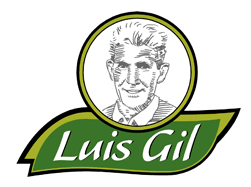
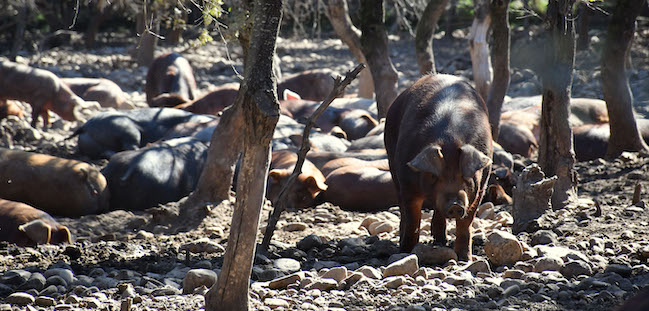
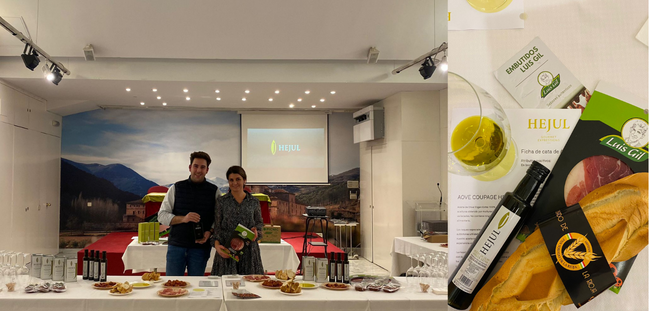
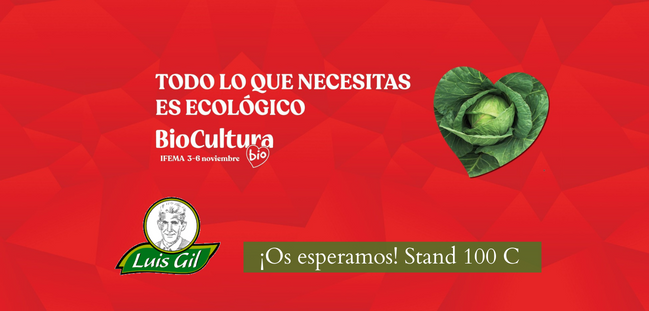
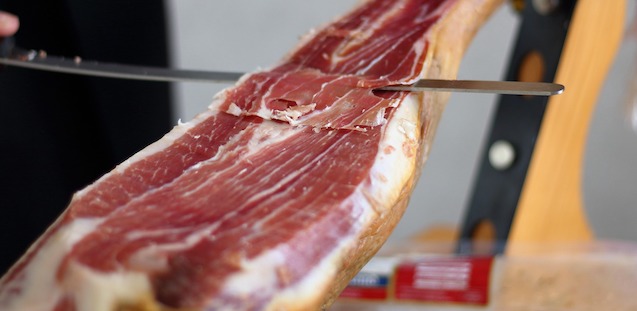
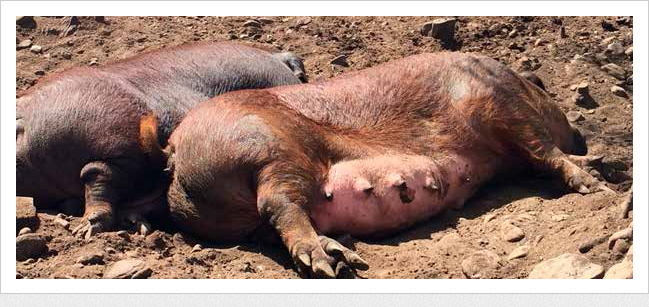
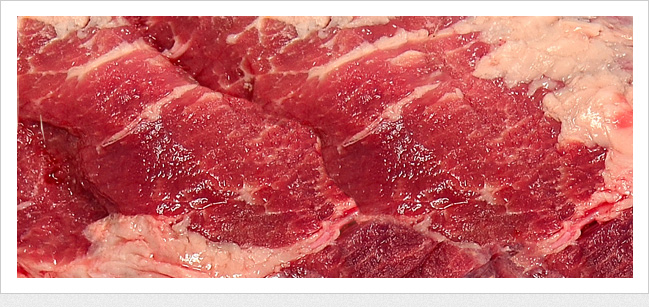


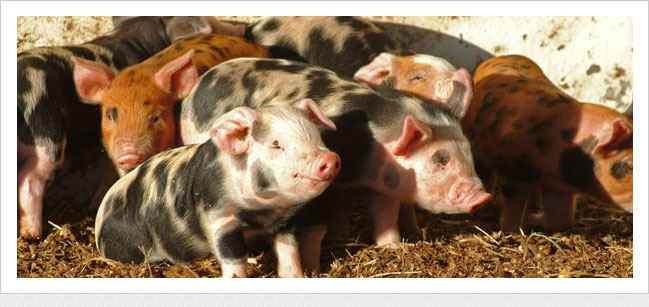


Hello, I find it contradictory that a black label refers to pure-bred Iberian pigs and at the same time there is a regulation that allows up to 50% between Iberian and duroc and is regulated by the Iberian Quality Standard or is it pure-bred Iberian or it is also without knowing if it also has 50% Duroc breed. I don't know if I understood it wrong or simply because it is regulated, we will never know if it has a mixture under the Protection of the Iberian cigar standard and not be able to know if it is pure or a mixture with duroc. I do not know…
Hello Jorge! Here we leave you the link to the BOE where the Iberian regulations are explained: https://www.boe.es/boe/dias/2014/01/11/pdfs/BOE-A-2014-318.pdf
The standard says that an Iberian pig with a black label is 100% Iberian, that is, with 100% genetic purity. Father and mother 100% Iberian breed.
From then on, for the designation of Iberian on the red, green and white labels, crossing with the Duroc breed is allowed.
We hope we have clarified your doubts, we leave you this link to a poster where it is explained in a very visual way: http://www.alimentacion.es/imagenes/es/cartel 50×80 IBERICOS MAGRAMA 2014 TR_tcm8-18992.pdf
Good morning
My question is: is it better to choose a 100% duro or a 50% white label Iberian bait?
I don't really know which one would be better.
We only make 100% Duroc. And also 100% ecological.